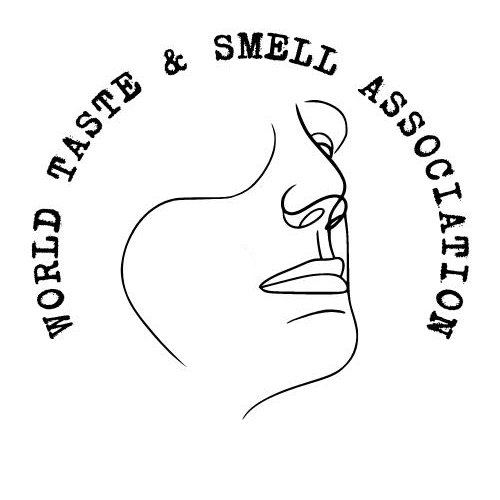The Sacred Ritual of Chocolate: Why Your Daily Square Is Actually a Wellness Practice
Discover the cognitive benefits of dark chocolate, including improved memory and brain function. Learn how chocolate flavanols support mental health and why mindful chocolate consumption is a wellness practice.
Sign up to read this post
Join Now
